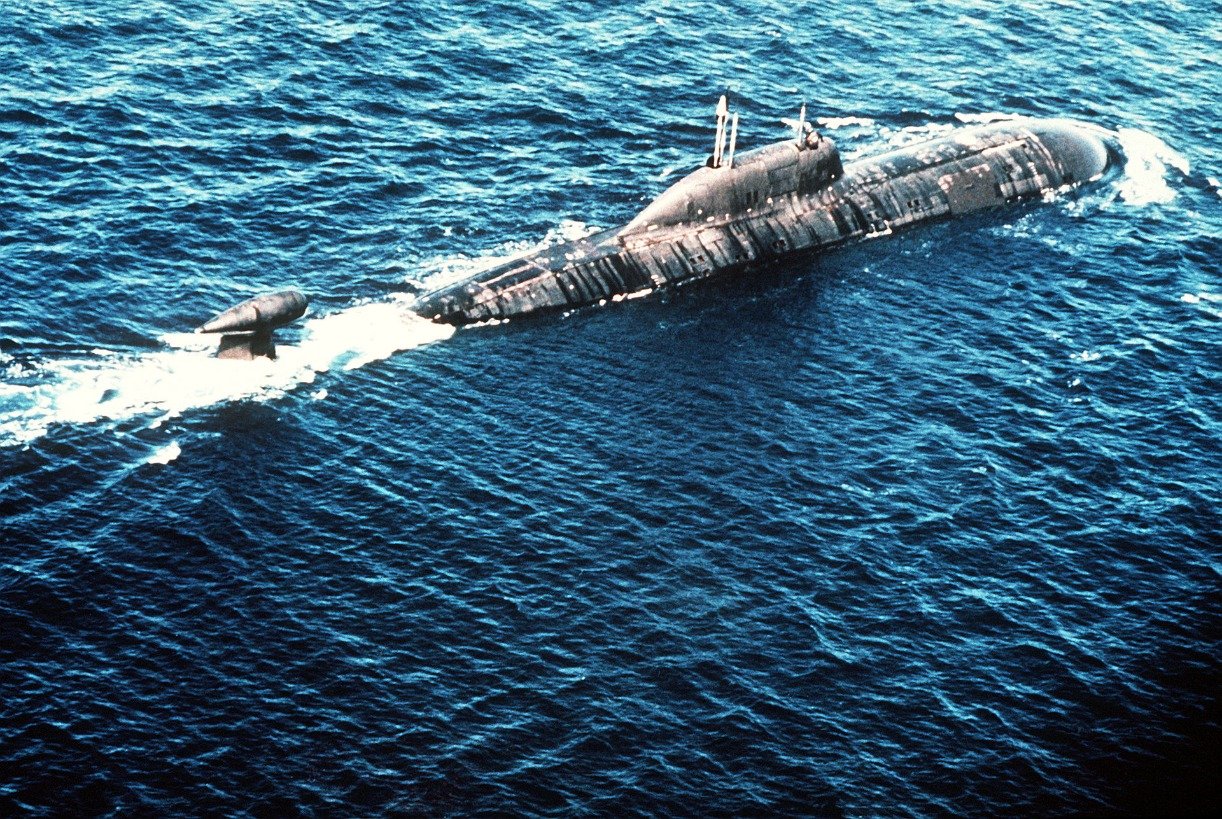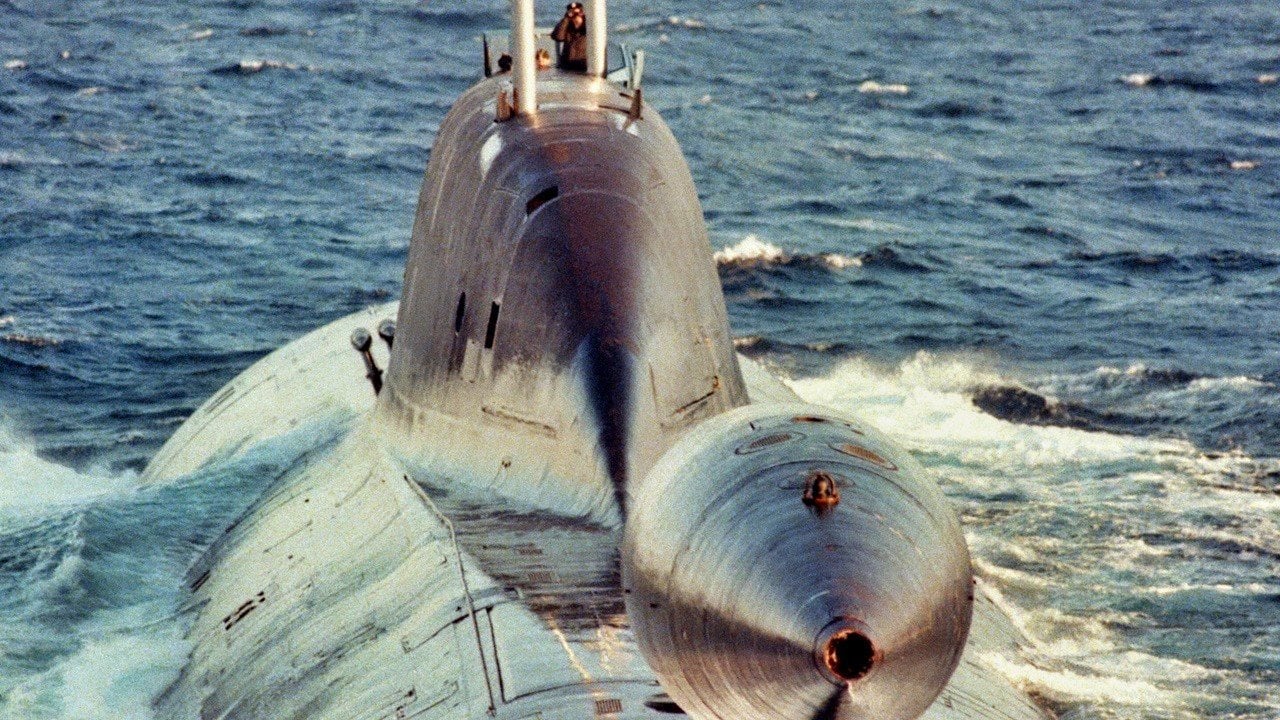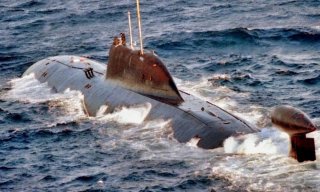AC-31 Losharik: Russia's Secret Spy Submarine Is 'Out Of Action' Due to a Fire
In July 2019, the Russian Navy’s top-secret spy submarine, the AC-31 Losharik, suffered a catastrophic fire during an operation at 980 feet below the sea’s surface. The fire, caused by an explosion in the battery compartment, claimed the lives of 14 crew members due to smoke inhalation.
What You Need to Know: In July 2019, the Russian Navy’s top-secret spy submarine, the AC-31 Losharik, suffered a catastrophic fire during an operation at 980 feet below the sea’s surface. The fire, caused by an explosion in the battery compartment, claimed the lives of 14 crew members due to smoke inhalation.

-Only five crew members survived, reportedly thanks to their prompt use of breathing kits. Despite efforts to extinguish the fire, details remain unclear due to the submarine's highly classified nature.
-This incident has further spotlighted the Russian Navy’s safety issues, adding to its recent history of accidents and mishaps.
Fire Aboard Russian Spy Sub AC-31 Losharik Leaves 14 Dead, Raises Safety Concerns
The Russian Navy has suffered a slew of mishaps and setbacks. Accidents seem commonplace. Safety is suspect—especially relative to the standard of modern, first-world navies.
Multiple twenty-first-century incidents have raised questions about the Russian Navy's safety; one of the more recent incidents, from 2019, is the fire aboard the AC-31 Losharik.
Fourteen crew members were killed and the submarine has been laid up ever since.
Introducing the Losharik
At the tail end of the Cold War, the Soviet Union laid down what would become the Losharik. The year was 1988, the collapse of the regime was imminent. When the Soviet regime did collapse, financial constrictions held up the production of the submarine.

Fifteen years would pass before the Losharik was finally launched, in 2003. The world had changed significantly in the time the Losharik was under production. The Cold War had ended.
The United States had emerged as a unipolar power. The Chicago Bulls won six NBA titles. Bill Clinton’s entire two-term presidency came and went. The Y2K scare emerged and fizzled. Spielberg dropped Hook, Jurassic Park, Schindler’s List, Amistad, Saving Private Ryan. Two terrorist attacks on the World Trade Center occurred, the second of which prompted the US invasion of Afghanistan. All the while, the Losharik lay dormant.
When the Losharik finally launched she was equipped for research, rescue, and special military operations. Notably, the submarine was capable of deep dives – with a test depth of somewhere between 6,600 and 8.200 feet. To dive to such bone-crushing depths, the Losharik was (presumably) constructed with seven interconnected titanium spheres (the name Losharik is derived from a Soviet animated film that features a toy horse built from small spheres), which granted the submarine with the structural strength needed to endure the pressure of an 8,000-foot-dive.
The Losharik may be able to dive deeper than 8,000-feet, but the truth is, the exact limits of the submarines’ performance are unknown to Western analysts. The Losharik has been confirmed at the 8,000-foot depth, in 2012, during an operation in the Arctic Ocean.
The Losharik is understood to be a “spy submarine,” the exact operations of which are not known, but are presumed to include the tapping or severing of underwater telecommunications cables.
Fire aboard the Losharik
On the first of July 2019, the Losharik was taking underwater measurements of the sea floor in Russian waters. While operating at a depth of 980 feet, a fire started in the battery compartment. The crew were able to extinguish the fire, but not before smoke inhalation killed fourteen crew members. Only five crewmembers survived. The submarine was towed to the Russian Northern Fleet base at Severomorsk where the survivors were treated for smoke poisoning.
Apparently, the crewmembers who perished had been sleeping whereas the five survivors had been awake and had been able to get breathing kits on promptly. But specifics of the fire and the efforts to fight the fire are not confirmed.
Forensics show that a significant explosion caused the fire, in the battery compartment, and that burning batteries continued to fuel the fire – but because of the Losharik’s top secretive nature, the Russian’s have never been forthcoming about exactly what happened.
About the Author: Harrison Kass
Harrison Kass is a defense and national security writer with over 1,000 total pieces on issues involving global affairs. An attorney, pilot, guitarist, and minor pro hockey player, Harrison joined the US Air Force as a Pilot Trainee but was medically discharged. Harrison holds a BA from Lake Forest College, a JD from the University of Oregon, and an MA from New York University. Harrison listens to Dokken.
Image Credit: Creative Commons of Russian Akula-Class submarines. We uses these as there are very few good images of the AC-31.


